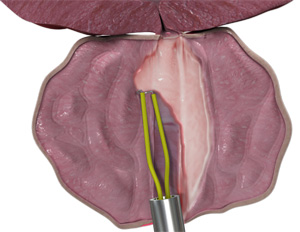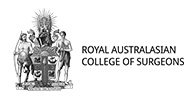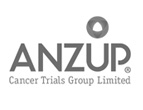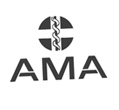
What is Transurethral Resection of The Prostate Surgery?
Transurethral resection of the prostate gland, commonly referred to as TURP, is carried out primarily to relieve the obstruction caused by an enlarged prostate.
It is not the type of operation that is usually carried out in the treatment of prostate cancer.
Why is TURP Surgery Performed?
The outcomes sought after transurethral resection of the prostate surgery are to relive the following conditions:
- problems starting to urinate such as a weak urine flow or stopping and starting
- having to strain to pass urine
- a frequent need to urinate during the day and night
- a sudden urge to urinate
- being unable to empty your bladder fully, and
TURP Surgery may also be done to treat or prevent complications due to blocked urine flow, such as
- Recurring urinary tract infections
- Kidney or bladder damage
- Inability to control urination or an inability to urinate at all
- Bladder stones
- Blood in your urine
TURP typically relieves symptoms quickly. Most men experience a significantly stronger urine flow within a few days.
About Transurethral Resection of the Prostate Surgery
The TURP procedure normally takes around 60 minutes. The operation is performed by:
- Passing a telescopic instrument in through the eye of the penis and up the urethra into the area of the prostate. Your surgeon will not need to make any cuts (incisions) on the outside of your body.
- A special electrical wire loop is used to trim tissue from the side of the prostate gland out and these pieces can then be flushed out.
- Small pieces of tissue are irrigated into your bladder and the internal lining of the bladder is also routinely inspected.
- At the end of the procedure, the waste tissue is removed.
The catheter (a plastic tube that drains urine from the bladder) used and usually kept in place from anything between one to three days after the surgery.
Whilst the catheter is in place, irrigating fluid can be instilled at the same time as the urine drains into a bag. Nurses change the irrigating fluid and bag at regular intervals.
Typically, you will be given a spinal anaesthetic. This involves the placement of a needle into your lower back and after the injection of anaesthetic drugs; you will be completely numb from the waist down. Your anaesthetist will discuss this further with you.
The operation takes on average of 45-60 minutes to perform and the usual length of stay in hospital is close to 2-3 days.
Risks of Surgery
There is a very high success rate associated with TURP.
Any surgery involves risks that need to be considered. While uncommon the risks with TURP surgery can include:
- Significant bleeding - requiring a blood transfusion.
- infection in the urine - although this risk is minimised by the routine administration of antibiotics
- Incontinence - rare (less than 0.5%) and may be treatable
- Impotence - approximately 8 - 10% chance however there are many treatments available.
- Retrograde ejaculation - is more common and involves the absence of any fluid when you have a sexual orgasm.
TURP Surgery Recovery
During the postoperative recovery period, some TURP surgery patients some patients can experience some issues.
Urination
It is usual to have irritative urinary symptoms after surgery. In particular, you may experience:
- Pain during urination,
- Urination frequency,
- Urination urgency where you may find it difficult to reach the toilet in time.
Blood in Urine
It is not uncommon to see some blood in the urine for up to a couple of weeks after the operation. If you do see blood, you should increase your oral fluid intake to at least two to three litres of fluid per day (unless you have any medical reason not to do so).
You can back off on your fluid intake if your urine is clear.
If you develop excessively bright blood in your urine or experience an inability to pass urine, you should contact your surgeon.
Resumption of Normal Activities
It is critically important to avoid any activity that involves straining or exertion for at least four weeks after TURP surgery.
Such activities include heavy lifting,, grocery shopping, picking up children etc.
While there is no restriction on walking, during your four week recovery time, you should not:
- mow the lawn
- play any sports that may involve some exertion such as golf or tennis
You may resume driving a motor vehicle after two weeks. You should initially commence this with small trips and you should avoid any long car trips for at least four weeks.
You should try to have plenty of fibre in your diet and should you experience any problems with constipation, it is critically important that you do not strain and if you require help. For constipation see your pharmacist or family doctor.
You should avoid any sexual activity for the next four weeks.




